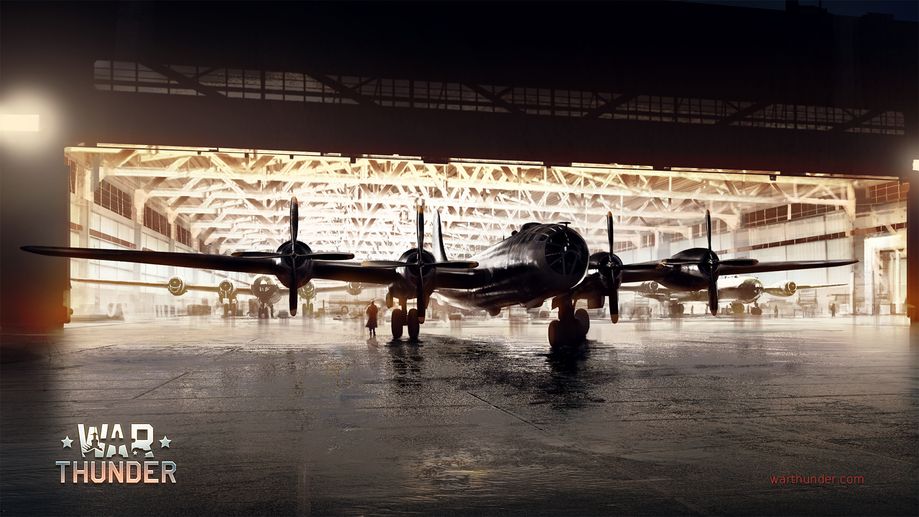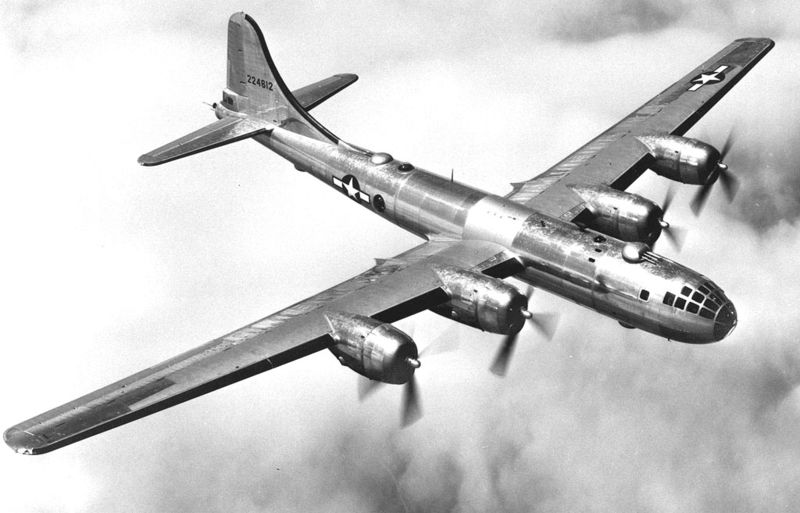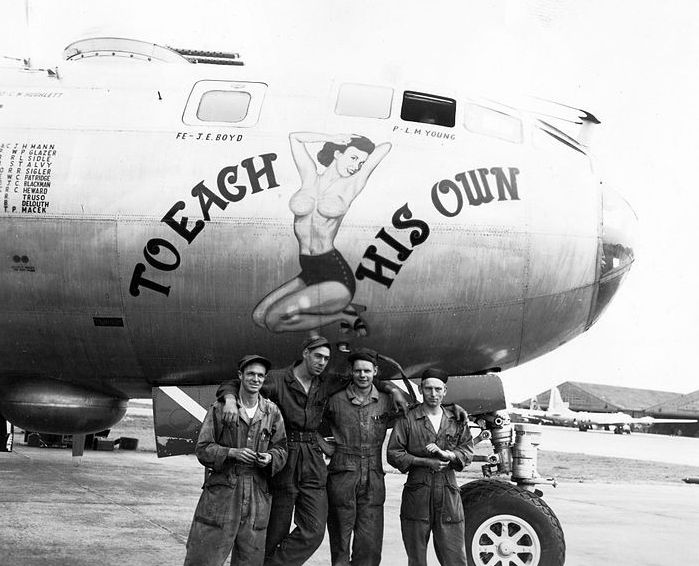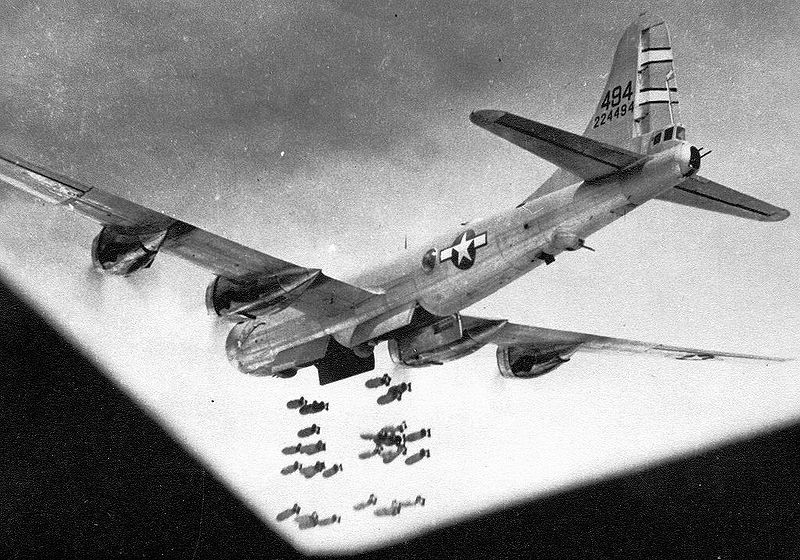
- For PC
- For MAC
- For Linux
- OS: Windows 10 (64 bit)
- Processor: Dual-Core 2.2 GHz
- Memory: 4GB
- Video Card: DirectX 11 level video card: AMD Radeon 77XX / NVIDIA GeForce GTX 660. The minimum supported resolution for the game is 720p.
- Network: Broadband Internet connection
- Hard Drive: 23.1 GB (Minimal client)
- OS: Windows 10/11 (64 bit)
- Processor: Intel Core i5 or Ryzen 5 3600 and better
- Memory: 16 GB and more
- Video Card: DirectX 11 level video card or higher and drivers: Nvidia GeForce 1060 and higher, Radeon RX 570 and higher
- Network: Broadband Internet connection
- Hard Drive: 75.9 GB (Full client)
- OS: Mac OS Big Sur 11.0 or newer
- Processor: Core i5, minimum 2.2GHz (Intel Xeon is not supported)
- Memory: 6 GB
- Video Card: Intel Iris Pro 5200 (Mac), or analog from AMD/Nvidia for Mac. Minimum supported resolution for the game is 720p with Metal support.
- Network: Broadband Internet connection
- Hard Drive: 22.1 GB (Minimal client)
- OS: Mac OS Big Sur 11.0 or newer
- Processor: Core i7 (Intel Xeon is not supported)
- Memory: 8 GB
- Video Card: Radeon Vega II or higher with Metal support.
- Network: Broadband Internet connection
- Hard Drive: 62.2 GB (Full client)
- OS: Most modern 64bit Linux distributions
- Processor: Dual-Core 2.4 GHz
- Memory: 4 GB
- Video Card: NVIDIA 660 with latest proprietary drivers (not older than 6 months) / similar AMD with latest proprietary drivers (not older than 6 months; the minimum supported resolution for the game is 720p) with Vulkan support.
- Network: Broadband Internet connection
- Hard Drive: 22.1 GB (Minimal client)
- OS: Ubuntu 20.04 64bit
- Processor: Intel Core i7
- Memory: 16 GB
- Video Card: NVIDIA 1060 with latest proprietary drivers (not older than 6 months) / similar AMD (Radeon RX 570) with latest proprietary drivers (not older than 6 months) with Vulkan support.
- Network: Broadband Internet connection
- Hard Drive: 62.2 GB (Full client)

 |
The Development of the B-29 Superfortress was a true triumph of technical and scientific genius, the design was a generation ahead of any bomber at the time of it’s introduction. The aircraft was designed by the Boeing Corporation as a true strategic bombing platform. it’s endurance, altitude and payload was beyond any other aircraft of it’s day, and was truly a contender for the title of greatest bomber of World War 2.
The level of technical innovation and groundbreaking engineering that went into this aircraft was unparalleled. The enormous airframe was distinct leap ahead of previous Boeing efforts with the decision to make it a pressurised fuselage groundbreaking in aviation and resulted in the tubular fuselage with round, stepless nose. The engines were also of an ingenious design, the long and costly development process of the Wright R-3350 Duplex-Cyclone took the engineers considerable time and effort to get working and the engines were never truly reliable enough. To achieve the desired high altitude and speed an efficient high aspect-ratio wing was introduced but came at the cost of high landing speeds and aircraft handling that required pilots to be at the top of their game. The B-29’s turret fire control system was by far the most advanced weapons computer ever designed for aircraft at that time. That and many other new advanced systems made it the most advanced aircraft anywhere.
 |
The Aircraft we know today as the Boeing B-29 Superfortress had its official beginning on the 5th of February 1940, when the United States Air Corps requested submissions for a bomber design with a speed of 400 miles per hour and the ability to carry a ton of bombs for 5,300 miles, provision was also to be made for a maximum bomb capacity of 20,000 pounds for shorter distances.
The prototype XB-29-BO would take to the air from Boeing Field in Seattle on September 21, 1942, with Boeings Head of Research and Chief testing Engineer, Eddie Allen at the controls. The flight though nail biting and fraught with danger was ultimately successful, but the flight revealed the dangers and complexities of the aircraft, the performance tests would continue at a rapid pace, On February 18, 1943 the second prototype XB-29 took off from the Boeing test field for a routine set of engine tests with Eddie Allen and a crew of 10 technicians and engineers, the creme of Boeings technical staff. Shortly after takeoff Allen radioed that he had an engine fire on board and was returning to make an emergency landing.
 |
Unfortunately the the fire spread rapidly and the aircraft lost power to an engine, low and slow, the B-29 ploughed into the Frye Meat packing plant, the ensuing inferno claimed all those aboard and 19 civilians on the ground. Despite this tragedy and the tragic loss of Eddie Allen, the B-29 would continue development, but under the control of the USAAF. The massive production effort to produce the mammoth aircraft was matched with an intense training program, and as B-29s began rolling out of brand-new factories, so did the pilots, air and ground crew needed to get the bomber into the air.
The B-29 became the B-50, which then evolved into the C-97 Stratofreighter, KC-97 Stratotanker, and 377 Stratocruiser, and finally a few became Aero Spacelines Guppy series still serving NASA today, 75 years after the B-29 was first conceived. Lets not forget the Russian Tu-4.
There is no question as to the significant contribution made to the war by this aircraft, the design, its manufacture and use defined strategic air power into the 21st century.



